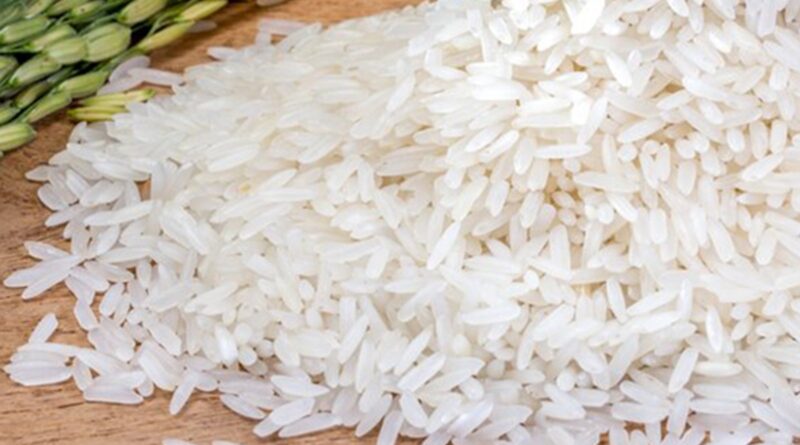18 Billion-Dollar Rice Question: Why US And Canada Are Targeting India At The WTO
Edited By: Tarique Anwar
The debate around India’s rice trade intensified this week after representatives from the United States and Canada raised objections at the World Trade Organisation (WTO). Their complaint centred on the worry that India’s growing presence in the global rice market may end up unsettling countries that rely on stable prices and dependable supplies.
People in the knowhow of the discussions said both delegations voiced the view that New Delhi’s plan to expand exports in the coming seasons might trigger tremors across international markets, especially for smaller economies that have little cushion when price trends change.
Union Minister Prahlad Joshi acknowledged the concerns but added that India’s intention remains unchanged. The government, he said, wants farmers to earn a fair return while the country continues to meet global demand in a balanced manner.
New Delhi has earlier indicated that it plans to double exports over the next few years, a projection that carries weight considering India already accounts for almost 40 percent of the world’s rice trade.
During its submission to the WTO, Canada alleged that India had been encouraging farmers to raise output through financial support and yearly increases in the minimum support price for paddy. It argued that such policies maximise production and create a surplus that eventually flows into international markets. The statement warned that this expansion could distort trade patterns and place other exporting countries under pressure, gradually altering price behaviour across the region.
The numbers behind India’s basmati shipments illustrate why the conversation has gathered momentum. In 2019-20, Basmati rice exports were valued at 4.33 billion dollars, before settling at over 4 billion dollars the following year.
The figure stood at 3.54 billion dollars in both 2021-22 and 2022-23, but it surged dramatically to 5.83 billion dollars in 2023-24 and inched further to 5.94 billion dollars in 2024-25.
These swings reveal how strongly global buyers continue to rely on India for premium aromatic rice, despite periodic turbulence in trade policies.
The non-Basmati segment has travelled an equally eventful path. In 2019-20, India exported rice worth 2.01 billion dollars in this category. The number rose steeply to 4.8 billion dollars in 2020-21 and then crossed 6.12 billion dollars in 2021-22. It climbed slightly to 6.35 billion dollars in 2022-23 before easing to 4.57 billion dollars in 2023-24.
By 2024-25, it had surged again to 6.52 billion dollars. These figures explain why competing exporters are watching every move taken by New Delhi. Even a modest change in India’s export policy can shift expectations for importers, traders and retailers in dozens of countries.
With the matter now gaining traction at the WTO, trade diplomats expect several more rounds of submissions and counter-submissions. India is preparing a detailed response that will outline its position and the rationale behind its support policies.
For now, both sides appear to be settling in for prolonged discussions, because few commodities reveal the global balance of power as clearly as rice, the grain that feeds more people on this planet than any other.
This article has been republished from The ZEE News.

